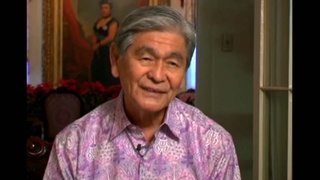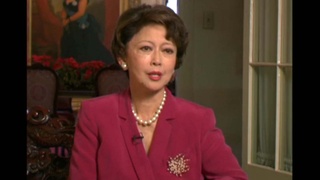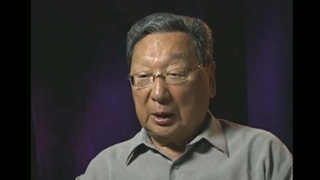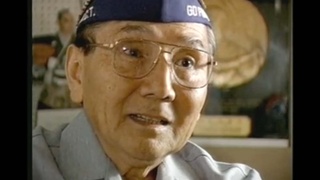Interviews
Hearing anti-American war propaganda from a teacher
And another time, I think when things were really getting worse, he, another one I remember so vividly is the one he said -- well, of course, the Japanese navy was so popular and strong. So he would say, well, when they look over the Pacific, the dark-eyed Japanese, the eyeballs are brown, and so they can absorb the light much more than the blue, light blue eyes and so they can see so much more over the Pacific. And he said, The Amerikajins (Americans) are kinpatsu (blond hair), you know, the golden hair and the blue eyes and they're blinded by the sun so they can't see far away. And so, you see the advantage we have.
And here, inside, you keep asking me how I felt. I thought, How stupid. And I couldn't even tell any of my friends this. So it's a very private thought that I thought. How sad. Does he expect people to believe that? I mean, I certainly didn't believe it. I knew enough science or whatever to -- that it just -- you know, something that I just personally could not accept. And I thought, gee, how ugly this must be, truly a desperate wartime situation.
Date: August 3 & 4, 2003
Location: Washington, US
Interviewer: Alice Ito
Contributed by: Denshō: The Japanese American Legacy Project.











